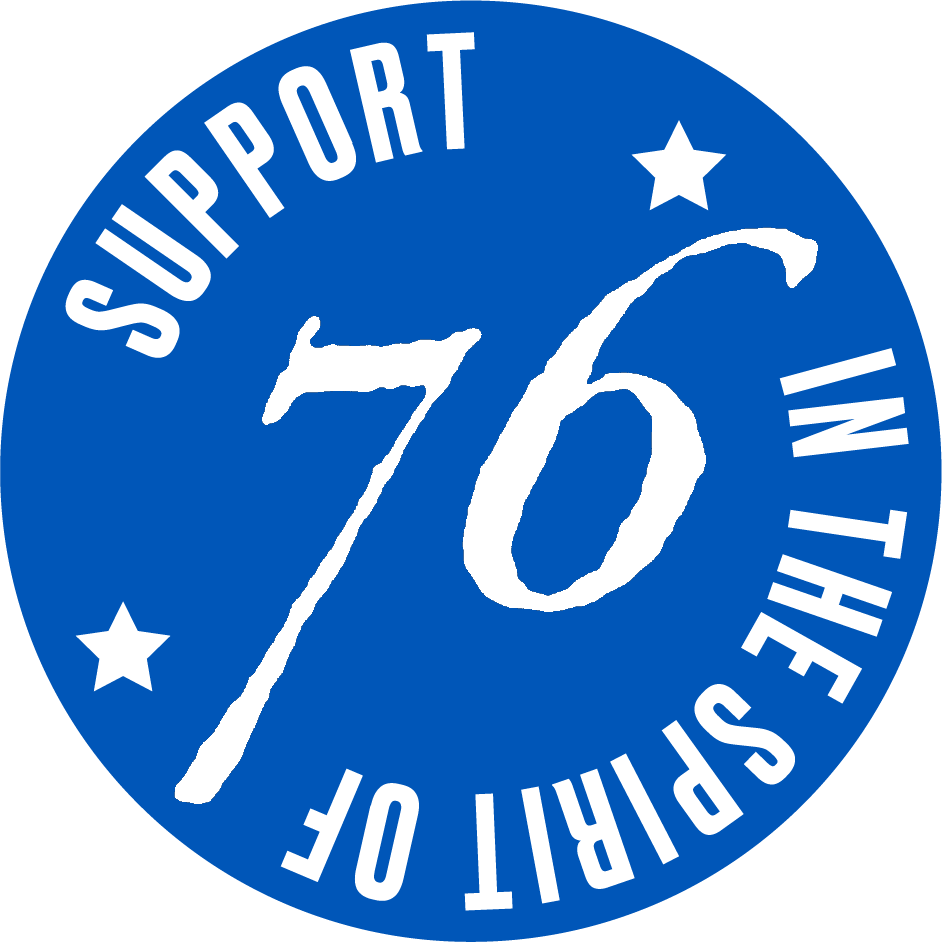Bridget Jones’s Diary and the State of Modern Romance
Alyssa Guthrie
July 1, 2003
A month or so ago, I had the opportunity to see the latest movie in the romantic comedy genre inspired by a classic work of literature. “Bridget Jones’s Diary” attempted to do with Jane Austen’s Pride and Prejudice what “Clueless” had done with Emma a few years back: that is, bring a more updated and modern point-of-view to an old work. Naturally, a story of this nature demanded that a more modern attitude be adopted. I didn’t know the subject matter going into the movie, but after a few minutes’ viewing, I began to recognize plot elements and major characters. Miss Elizabeth Bennet, heroine of the tale, was now Bridget Jones, a thirty-something assistant at a London ad agency. Wickam, the charming-but-vile villain was now Daniel Cleaver, Bridget’s boss, and Mr. Darcy, the prideful gentleman with “ten thousand a year” was Mark Darcy, a prominent human rights barrister.
From the outset, the modern plot mimics, more or less, its classic predecessor. The heroine is misled by the scoundrel Cleaver (Wickam) and forms a bad opinion of Darcy (the true gentleman). Cleaver is faithless, prompting Bridget (Elizabeth) to reassess the earlier judgments and prejudices she had formed of Darcy. Both women (Bridget and Elizabeth) experience a moment of great self-realization prompting them to measures of personal reform and finally end up ever so happily-ever-after with their respective Darcys. There were a few important differences, however.
In the original, the extent of Elizabeth’s attentions to Wickam were exclusive conversations with him at neighborhood parties and the promise of an additional dance with him at the Christmas ball. Within days of forming her attachment, however, the more “liberated” Bridget is engaging in Wednesday night sleepovers and romantic weekend getaways with Cleaver. This may have something to do with how differently Elizabeth reacted to the faithlessness of Wickam compared to Bridget’s discovery of Cleaver’s infidelity. Elizabeth recognizes that her vanity only has been injured. Bridget, on the other hand, finds herself humiliated, broken-hearted and in an awkward career position. She comforts herself, as she often does, by indulging in a self-induced drunken stupor.
At this point, both Elizabeth and Bridget realize that some serious personal changes are in order. Elizabeth aware that she has allowed her vanity to get the better of herself, remarks, “until this moment, I never knew myself.” She begins to scrutinize herself more sharply, and it is her courtship with Mr. Darcy that ultimately helps her to refine the flaws in her character. (This incidentally, is even more so in Mr. Darcy’s case, a theme which is entirely left out of the movie.) The goals of Bridget’s “self-help” regime are slightly narrower in scope. They are to: lose twenty pounds, stop smoking, drink less and find a sensible boyfriend. Interestingly, for all of her twenty-first century feminism, Bridget sees herself as valuable to men only in aesthetic and sexual terms. It’s hard to see how she is more “liberated” than her nineteenth century counterpart.
As audience members, we are supposed to know that it is “true love” between Mark and Bridget when he tells her, “I like you just as you are” (excessive drinking, smoking, and weight included). The nineteenth century Darcy would never have sold himself so short. Indeed, it’s difficult to see what Darcy finds so attractive in “Elizabeth” this time around. Elizabeth Bennet, a witty, confident, gentle lady is now a neurotic alcoholic slut. Perhaps the most dismal moment when considered next to the original comes at the ending of the movie version. The novel ends with a beautiful mutual expression of love and admiration between Darcy and Elizabeth. The movie version closes with Bridget chasing Mark through the snow-filled streets of London in her underwear because of a misunderstanding.
I would like to say that “Bridget Jones’s Diary” was simply a modern interpretation that innocently misunderstood the meaning of the literature it was based upon for the sake of comedy. I fear, however, that this is not the case. The producers of the film left out a central ingredient that was so predominant in the original. Virtue and goodness are ignored, simply because modern audiences would not have understood their necessity. With the abandonment of goodness and virtue as worthwhile ends, the rejection of modesty and traditional gender roles inevitably follows. Ultimately, the kind of romantic love that Austen envisioned is impossible to attain with this contemporary view.
Pride and Prejudice as a deep, underlying philosophy at work in the story. Love and courtship are seen to aid, perhaps even be necessary, for the individual attainment and practice of virtue. This is important, because, for Austen, this is the only route to real happiness. Sadly, in Bridget’s version, “love” is more about finding someone who has vices that you can deal with, and her pursuit of shallow self-improvements reflects that the idea that there might be something deeper and more vital to search for has never occurred to her. With this attitude, it is also not surprising that Bridget feels men could only be attracted to her for the most superficial reasons. In the end, “Bridget Jones’s Diary” and Pride and Prejudice were both true to the reality of their times. It remains up to us to decide which author’s “art” our lives should imitate.
Alyssa Guthrie is a senior from Greenwood, Indiana, majoring in Political Science and Philosophy.

